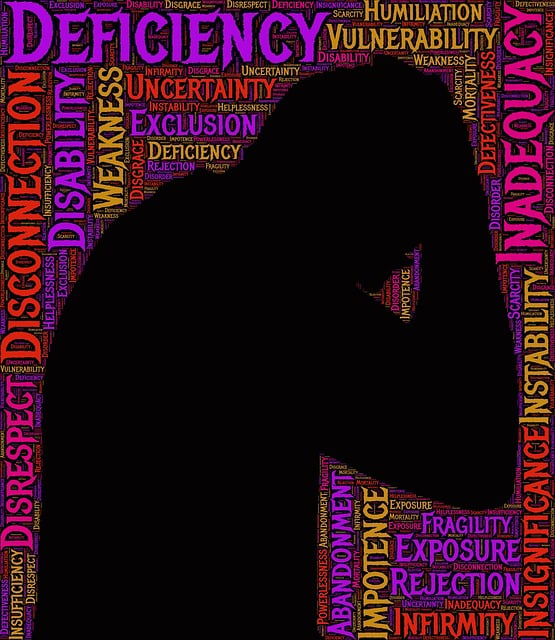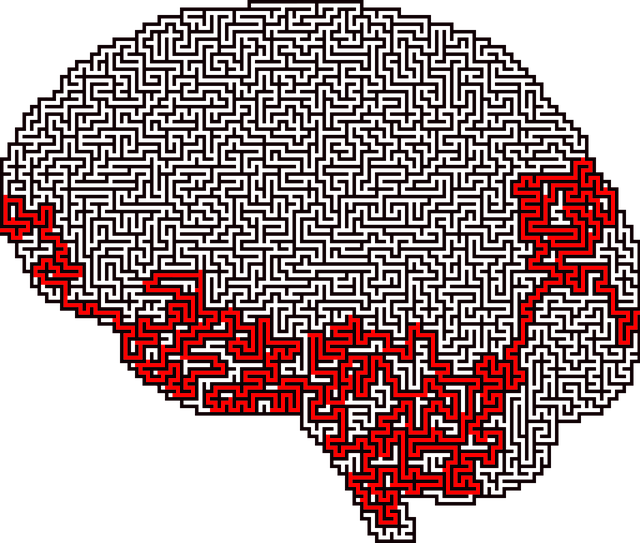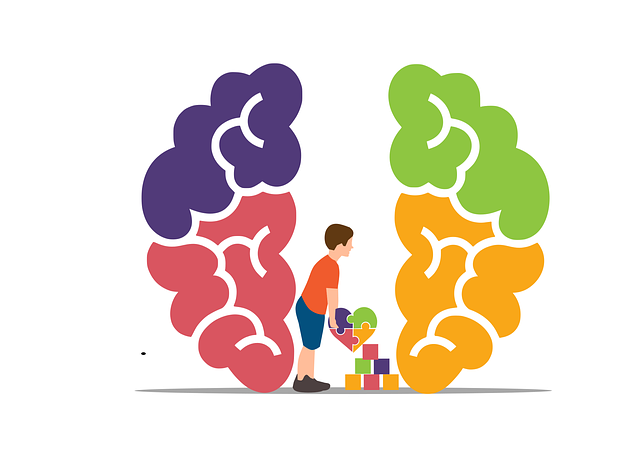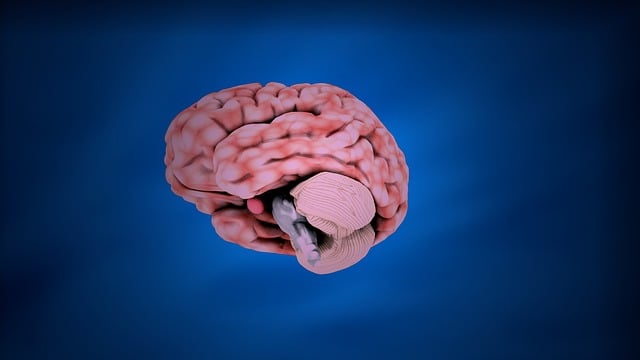Media portrayal of mental illness significantly impacts young viewers' understanding of mental wellness, with depictions often sensationalizing or misrepresenting conditions. To address this, media should adopt empathy-building strategies by showcasing authentic experiences and diverse coping mechanisms, fostering cultural sensitivity to mental healthcare practices. Integrating evidence-based treatments like EMDR (Eye Movement Desensitization and Reprocessing) can provide insights into effective therapeutic approaches, normalizing conversations about mental wellness, reducing stigma, and encouraging help-seeking behaviors. Responsible media representation of therapy for young children and EMDR is crucial in empowering kids to recognize and seek appropriate support, enhancing their overall mental well-being.
Mental illness representation in media is a critical topic that shapes public perception. This article explores the current state of mental health portrayal, focusing on its impact on young children’s understanding and well-being. We delve into the therapeutic potential of Eye Movement Desensitization and Reprocessing (EMDR) as a game-changer for young minds. Furthermore, we offer strategies for responsible media representation to foster positive change, emphasizing the importance of accurate, empathetic depictions to challenge stigma and promote mental health awareness.
- Understanding Mental Illness Representation in Media: The Current State
- The Impact of Media Portrayal on Young Children's Perceptions and Well-being
- Introducing EMDR as a Therapeutic Approach for Young Minds
- Strategies for Responsible Media Portrayal and Promoting Positive Change
Understanding Mental Illness Representation in Media: The Current State

In recent years, there’s been a growing awareness of mental illness representation in media, with more stories and characters exploring various psychological conditions. However, the current state still falls short in many aspects. Often, mental health issues are either sensationalized or depicted with limited accuracy, leading to stereotypes and misconceptions among the audience. This is particularly concerning when it comes to young viewers, as media can significantly influence their understanding of mental wellness. For instance, therapy for young children is rarely portrayed realistically, which might hinder their willingness to seek professional help later in life.
Empathy-building strategies could be more effectively implemented in media narratives to foster a deeper comprehension of mental health struggles. By presenting characters with authentic experiences and showcasing the diverse ways people cope, audiences can develop increased cultural sensitivity towards mental healthcare practices. Moreover, integrating evidence-based treatments like EMDR (Eye Movement Desensitization and Reprocessing) can provide viewers with insights into effective therapeutic approaches, promoting a more nuanced and informed perspective on mental wellness.
The Impact of Media Portrayal on Young Children's Perceptions and Well-being

Media portrayal plays a significant role in shaping young children’s perceptions and well-being, especially regarding mental health. Children are often exposed to various media content, including television shows, movies, and online platforms, which can influence their understanding of emotions, behaviors, and conditions associated with mental illness. Positive and accurate representations in the media can foster mental health education programs design that promotes early intervention and therapy for young children, such as EMDR (Eye Movement Desensitization and Reprocessing). By normalizing conversations about mental wellness and mindfulness meditation, these portrayals can reduce stigma and encourage help-seeking behaviors.
On the other hand, negative or stereotyped media depictions of mental illness can lead to misconceptions and increased anxiety in young audiences. Children may internalize these messages, affecting their self-perception and ability to recognize their own emotional experiences as valid. Therefore, it is crucial to advocate for responsible media representation that accurately portrays mental health challenges and recovery journeys. This approach can empower children with the knowledge to seek appropriate support when needed, ultimately enhancing their overall mental wellness.
Introducing EMDR as a Therapeutic Approach for Young Minds

Introducing EMDR as a Promising Therapeutic Approach for Young Minds
In the quest to address mental illness representation in media and promote positive change, Eye Movement Desensitization and Reprocessing (EMDR) therapy emerges as a powerful tool tailored for young minds. This evidence-based therapy has gained recognition for its effectiveness in treating traumatic experiences and emotional dysregulation in children and adolescents. By combining elements of cognitive therapy with guided eye movements or other bilateral stimulation techniques, EMDR facilitates the processing of distressing memories, emotions, and associated beliefs.
EMDR offers a unique approach to enhancing mental wellness by encouraging self-awareness exercises and emotional regulation skills. Through specific journaling exercises that accompany the therapy sessions, young individuals can externalize their thoughts and feelings, fostering a deeper understanding of themselves. This process empowers them to develop coping strategies and promote overall mental wellness. By integrating EMDR into therapeutic interventions, professionals can provide targeted support, helping young minds navigate challenges and thrive in their personal journeys towards healing and growth.
Strategies for Responsible Media Portrayal and Promoting Positive Change

Media has a significant influence on shaping societal perceptions about mental health, especially when it comes to children and adolescents. To foster positive change, responsible media portrayal is essential. This involves accurately depicting various mental health conditions, promoting empathy, and showcasing effective treatments like EMDR therapy for young children. By presenting diverse narratives and involving experts in the field, media can contribute to reducing stigma and encouraging help-seeking behaviors.
In addition to these strategies, self-awareness exercises, self-esteem improvement techniques, and stress reduction methods can be incorporated into media content, empowering viewers with tools to manage their mental well-being. Such initiatives not only challenge negative stereotypes but also offer practical solutions, ultimately leading to a more informed and supportive society.
In light of the current state of mental illness representation in media and its significant impact on young children’s perceptions and well-being, it’s clear that responsible and positive change is urgently needed. Introducing evidence-based therapies like Eye Movement Desensitization and Reprocessing (EMDR) offers a promising path forward for addressing these challenges. By implementing strategies for responsible media portrayal and fostering open conversations about mental health, we can create a more empathetic and supportive environment for young minds. Through collective efforts, we have the power to revolutionize how mental illness is depicted in media and offer effective therapy solutions like EMDR to promote the well-being of our youngest individuals.














